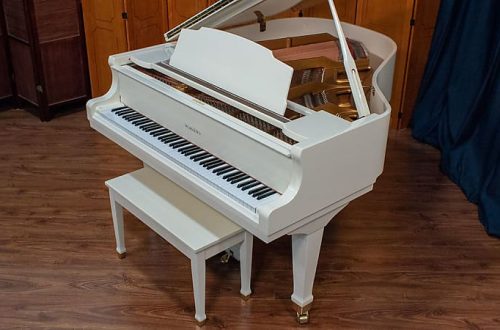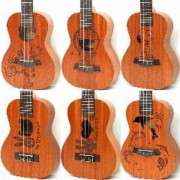How many keys does a piano have?
In this short article I will try to answer frequently asked questions about the technical characteristics and structure of the piano. You will learn how many keys a piano has, why pedals are needed, and much more. I will use a question and answer format. There’s a surprise waiting for you at the end. So….
Question:
Answer: The piano keyboard consists of 88 keys, of which 52 are white and 36 are black. Some older instruments have 85 keys.
Question:
Answer: Standard dimensions of the piano: 1480x1160x580 mm, that is, 148 cm in length, 116 cm in height and 58 cm in depth (or width). Of course, not every piano model has such dimensions: the exact data can be found in the passport of a specific model. With these same average sizes, you need to keep in mind a possible difference of ±5 cm in length and height. As for the second question, a piano cannot fit in a passenger elevator; it can only be transported in a freight elevator.
Question:
Answer: Ordinary piano weight approximately 200±5 kg. Tools heavier than 205 kg are usually rare, but it is quite common to find a tool that weighs less than 200 kg – 180-190 kg.
Question:
Answer: A music stand is a stand for notes attached to the keyboard cover of a piano or covering the piano bank. What a music stand is needed for, I think, is now clear.
Question:
Answer: Piano pedals are needed to make playing more expressive. When you press the pedals, the color of the sound changes. When the right pedal is used, the piano strings are freed from dampers, the sound is enriched with overtones and does not stop sounding even if you release the key. When you press the left pedal, the sound becomes quieter and narrower.
Question:
Answer: Nothing. A piano is a type of piano. Another type of piano is the grand piano. Thus, the piano is not a specific instrument, but only a common name for two similar keyboard instruments.
Question:
Answer: It is impossible to unambiguously determine the place of the piano in such a classification of musical instruments. According to the methods of playing, the piano can be classified as a percussion and plucked-string group (sometimes pianists play directly on the strings), according to the source of sound – to chordophones (strings) and percussion idiophones (self-sounding instruments if, for example, the body is struck during playing) .
It turns out that the piano in the classical tradition of performing arts should be interpreted as a percussion chordophone. However, no one classifies pianists as either drummers or string players, so I think it is possible to classify the piano as a separate classification category.
Before you leave this page, I suggest you listen to one piano masterpiece performed by a brilliant pianist of our time -.
Sergei Rachmaninov – Prelude in G minor





